
Table of contents:
- Author Bailey Albertson [email protected].
- Public 2024-01-17 22:26.
- Last modified 2025-06-01 07:32.
How to properly heat the stove

Most owners of country houses prefer stove heating. This is not only the most reliable, but also the inexpensive type of space heating. And if the stove is decorated with tiles, it is also a stylish element of the interior. Each stove, regardless of its design, is unique, since the soul of a master stove-maker was put into its creation. As a rule, combined structures are built in modern houses. They are intended not only for heating the house, but also for cooking. For this there is a special hob or cooking chamber. But it still needs to be properly heated.
Content
- 1 Preparatory work before firing up the furnace
-
2 Principles of heating a brick and iron stove
2.1 Video: how to properly light a bell-type stove in winter (detailed instructions)
-
3 What fuel is suitable for a home stove
-
3.1 Firewood
- 3.1.1 Table: the required amount of fuel depending on the type of wood
- 3.1.2 Video: how to properly lay firewood and quickly light up the stove in the bathhouse, in the country
- 3.2 New type of fuel - Eurowood
- 3.3 Video: features of peat combustion in a metal furnace
-
3.4 How to make a briquette from sawdust with your own hands
3.4.1 Photo gallery: tools for making fuel briquettes
- 3.5 Video: how to heat a stove with coal
-
- 4 Fire safety rules for stove heating
Preparatory work before firing up the furnace
If the stove is new, the first test furnace should be carried out only after the mortar has completely dried out. It is done in order to check the quality of the masonry and identify shortcomings. The first stage is an external examination, while pay attention to:
- the thickness of the seams;
- the correct binding of bricks;
- the verticality of the corners;
- exact fit of tiles.
Unevenness in masonry is allowed within 5 mm - for stoves without facing, and no more than 2 mm - for structures with tiles. Vertical deviation - no more than 2 mm per 1 m of height.

An oven with a hob performs several functions at once
After an external examination, it is necessary to check the density of the masonry. This is best done with a material that emits a lot of smoke when burning. Rags soaked in diesel fuel or working off are suitable. Burn them in the duct with the damper closed, being careful not to leak smoke anywhere. If, nevertheless, he appeared, then these places need to be repaired and wiped.

Checking the chimney draft with a candle is one of the easiest ways
The test furnace should be carried out 2-3 days in a row with a normal amount of fuel. The degree and uniformity of heating are determined by touching different parts of the masonry surface. The oven must not only heat up equally everywhere, but also cool down. It is important to check the surface for cracks in the vault of the firebox, in the places where the doors are fixed and to fix them in a timely manner.
If it so happens that the stove has not been used for a long time, then before the first firebox, the condition of the chimney and draft should be checked. To do this, light a piece of paper or a match and insert it into the oven through the view door. If there is a draft, the flame will lean towards the chimney. If it is insufficient, the smoke ducts must be cleaned of soot. It is recommended to carry out this procedure 1-2 times a season. This will cut fuel consumption and reduce the heating time.
The principles of the firebox of a brick and iron stove
Many people think that heating the stove is not such a difficult task. He sketched the firewood, set it on fire and wait until it becomes warm in the house. In fact, in order to heat the stove correctly, you need to know some features. Otherwise, you can burn a lot of firewood, and the house will be cold.
Before putting firewood into the firebox, it is necessary to clean the ash chamber and grate from the remnants of previously burned fuel. This will provide a direct flow of air through the blower to the flame. To light the stove, it is recommended to use only dry wood. Damp or damp logs should not be used, as this will lead to smoke and large deposits of soot in the chimney.
If you add coal, then you need to select a medium size. Fine and too coarse fractions are not suitable for home ovens.

At the beginning of the heating season, the firebox must be properly cleaned
We put the logs in the firebox. This can be done in two ways:
- a hut (under a cone) if the firebox is large;
- parallel (with gaps of 8-10 cm).
Firewood should be about two thirds of the volume of the combustion chamber. There should be a free space of 15-20 cm to the top. It is better to lay firewood right in the center of the firebox or closer to the stove door, but not closer to the back wall.
Move the view to the required level. Slightly open the blower door. Using matches or thin chips, we set fire to a piece of birch bark or paper laid in front of the firewood.
As soon as the flame begins to cover the wood, we close the doors and the firebox, and the blower. When they start to burn evenly, lightly cover the view.

The view allows you to regulate the heating process
We control the fire with a view and a blower, which provide air access to the fire. Keep the combustion chamber door closed. We open it only if you need to mix the coals with a poker or put firewood.
If the stove is constantly fired with coal, when laying it down, you first need to burn a small portion of firewood and then fill it with a layer of 5-6 cm. After it has ignited, add fuel up to 15 cm, then the stove will burn well and warm up evenly.
How to determine if the wood is burning correctly:
- If the flame is white and noise is heard in the exhaust ducts, the blower door must be closed. This is an indicator of strong traction.
- If the flame has acquired a red tint, and black smoke is pouring out from the chimney, the draft is too small. We open the blower.
- A yellow flame means optimal combustion.
For greater efficiency, do not stir the wood until it is half burnt. Only then can they be stirred with a poker. Collect burnt coals in the center of the firebox, overlaying them with burning wood and coals. In this case, it is best to close the blower door or view.

It is not recommended to constantly stir up firewood
If the flame in the furnace has gone out, this means that carbon monoxide has formed inside. Most likely, the wood was damp or damp during storage. Of course, it's best not to use them. But if there are no other options, then close the firebox door and completely open the view and the latch. Light the fire again and wait 10-15 minutes. During this time, the carbon monoxide will disappear. Now slightly open the door and flaps, and you can continue to heat.
It will take 1.5-2 hours to heat the oven well. In this case, the surface heats up to 70-80 ° C, less often to 90 ° C. At higher temperatures, dust burns on the stove and an unpleasant odor appears. Due to overheating, cracks can form in the masonry and the device will quickly fail.
After the firewood and coal have completely burned out, the view is closed. This is necessary to keep the house warm until the next firebox.
The process should be completed, observing certain rules:
- When the wood burns out, gradually cover the blower and valve.
- After only coals remain in the firebox, you need to collect them in a heap on the grate and cover the blower with the view by about 2/3 or 3/4.
- Only after the complete disappearance of the blue lights (the process of combustion of carbon monoxide), the coals can be scattered all over the firebox and the view and the door can be tightly closed.
- If for some reason it is necessary to stop the burning process of the stove in the presence of unburned embers, you need to remove them and extinguish them yourself. It doesn't make sense to fill them with water. This can lead to smoke and unnecessary moisture in the combustion chamber.
In winter, it is better to heat the stove twice a day. Then the house will not cool down. An exception is the Russian stove. It can only be heated once a day, since heat transfer occurs much later.
Video: how to properly light a bell-type stove in winter (detailed instructions)
What fuel is suitable for a home stove
In order to heat the stove, you can use wood, coal, peat. Modern manufacturers also offer new types of fuel - eurowood, various types of pressed briquettes.
Firewood
-
Birch in this regard has always been considered the best. Such logs do not shoot, do not spark and completely burn out, have a high heat transfer. But if you overdo it and build too much fire, a fire can happen.

Birch firewood For a home oven, birch firewood is the best
- Oak firewood burns for a long time, gives a lot of heat. Heat transfer is about 20% higher than that of birch. But they are very expensive. With constant use, the brick burns out quickly enough, the walls become thinner.
- Pine and spruce firewood is inferior to birch and oak in terms of heat transfer. Due to the presence of resin, they crackle and shoot. Not only sparks can fly out onto the floor, but also hot coals. Therefore, the wooden floor must be covered with a sheet of metal, floor tiles or other non-combustible materials. Pine and spruce firewood gives a lot of ash, burns out for a long time. If you close the chimney hole before all the coals go out, you can get burned.
-
Aspen wood burns slowly. Heat transfer is 50% lower than that of birch. But aspen helps to cleanse the chimney from soot and soot, therefore it is recommended to put them in a hot stove at the end of the firebox in a small amount.

Aspen firewood Aspen wood is often used not for the purpose of generating heat, but as a means to cleanse the chimney from soot
- Alder firewood quickly flares up, practically does not form smoke, like aspen firewood, it cleans the chimney from soot. It has long been considered "royal" firewood.
Table: the required amount of fuel, depending on the type of firewood
| Wood species | Birch tree | Aspen | Pine | Spruce | Alder | Oak |
| Fuel volume (m³) | 1.0 | 1.5 | 1,2 | 1,3 | 1,2 | 0.75 |
Video: how to properly lay firewood and quickly light up the stove in the bathhouse, in the country
New type of fuel - eurodrova
Eurowood is made from sawdust and wood dust, compressing them on special presses under high pressure and at high temperatures. The density of fuel briquettes is 3 times higher than that of firewood, which means that heat transfer is higher. They burn with a high, even flame, practically without smoke. Burn completely and leave very little ash. The thermal conductivity of Euro wood is approximately the same as that of coal, but their cost is much higher.

Eurodrova - an environmentally friendly alternative to the usual fuel
Video: features of combustion of peat in a metal furnace
How to make a briquette from sawdust with your own hands
As an alternative to expensive Euro wood - handmade briquettes. If there is an opportunity to purchase sawdust, then if you have free time and desire, you can make them yourself. Hulls for seeds, finely torn paper, dry leaves, straw, cardboard will be used. You can use clay or any wallpaper glue for the bond. The manufacturing process consists of several stages:
- Soak sawdust in water.
- Mix thoroughly with either clay or glue in a 1:10 ratio. There should not be too much water. The main thing is to moisten the sawdust.
- Place the resulting mixture in a special mold and squeeze with your hands, press.
- Lay the briquette to dry outside, preferably under a canopy.
Of course, such briquettes, due to the low degree of pressing, cannot compete with European wood. Their heat transfer will be lower, and manufacturing will take a lot of time.
Photo gallery: devices for making fuel briquettes
-

Sawdust briquettes - Homemade sawdust briquettes - cheap fuel with good heat transfer
-

Ready hand press - Sawdust press shaping briquettes
-

Self-made press - Double sawdust press can be made independently
-

Fuel briquettes made of paper - Instead of sawdust for the manufacture of fuel briquettes, you can take paper or seed husks
Video: how to heat a stove with coal
Fire safety rules for stove heating
- Never use gasoline or other flammable liquids to light the stove. This could cause an explosion or fire.
-
Monitor the chimney carefully. The soot deposited on its walls consists of oily compounds that can ignite. As a result, the pipe can collapse, leading to the ingress of carbon monoxide into the room. The sparkling soot can ignite dry leaves on a rooftop or nearby wooden structures, causing a fire.

Russian stove in a modern house When using the stove, fire safety rules must be carefully followed
- If coniferous wood is used for the firebox, make sure that sparks and coals do not fall from the firebox door to the floor - this can lead to a fire. A sheet of metal must be attached to the floor in front of the stove. This will protect it from fire.
- Prevent the stove from overheating, especially if your home uses hot water heating. This can cause cracks in the masonry, through which smoke can enter the room.
- Never heat the stove overnight. Remember that carbon monoxide is odorless. This can lead to unpleasant consequences.
If you choose the right firewood, follow the rules and recommendations for operating the stove, you can use fuel economically, and your house will always be warm and cozy.
Recommended:
Wood And Coal Ash As Fertilizer (for Potatoes, Flowers, Grapes, Etc.)
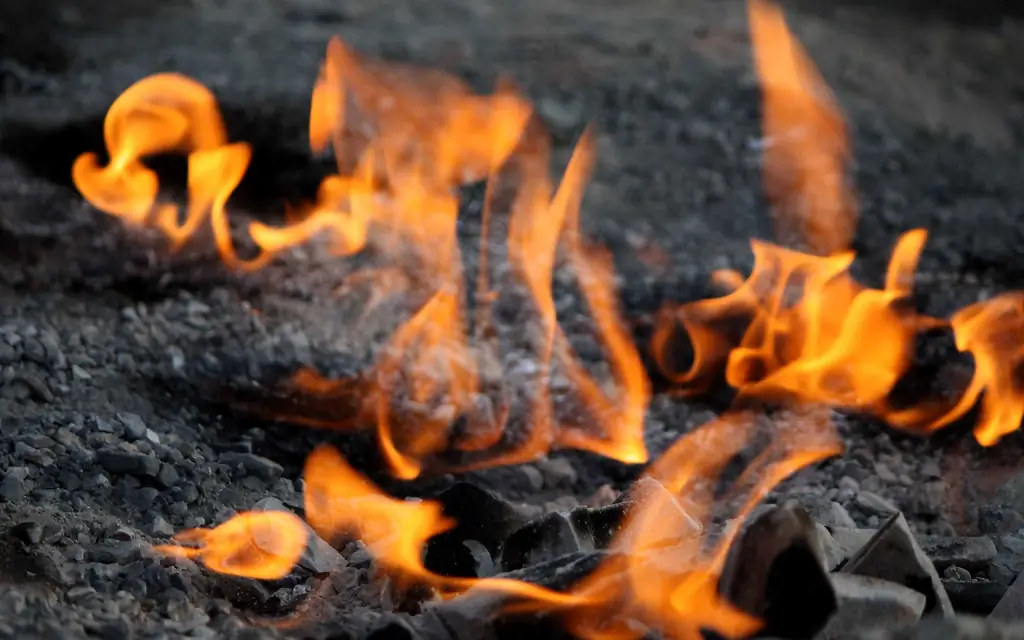
How to use ash correctly as fertilizer for the garden and vegetable garden. Ash types, its effect on different types of soil
Do-it-yourself Potbelly Stove In The Garage - How To Make It On Wood, Installation, Drawings, Diagram, Device, How To Properly Weld From A Pipe, Where It Is Better To Put + Video
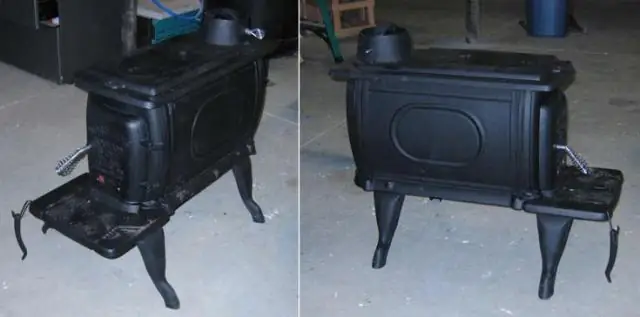
Design features of a stove stove, pros and cons. Step-by-step instructions for making sheet metal and a milk can for a garage with your own hands
Do-it-yourself Stove For A Summer Residence: Made Of Brick, Iron And Other Materials, Step-by-step Instructions For Making A Structure On Wood, Diagrams And Drawings
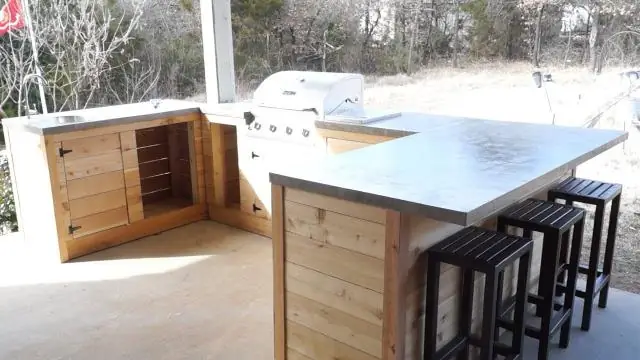
How to build a stove for a summer residence with your own hands. What materials and tools will be needed. Ready schemes
Do-it-yourself Wood Stove - How To Make Economical Wood-fired Stove Heating, Device, Diagram, Drawing, Design With A Water Circuit, Reactive, Iron, Metal, For A Greenhouse + Video
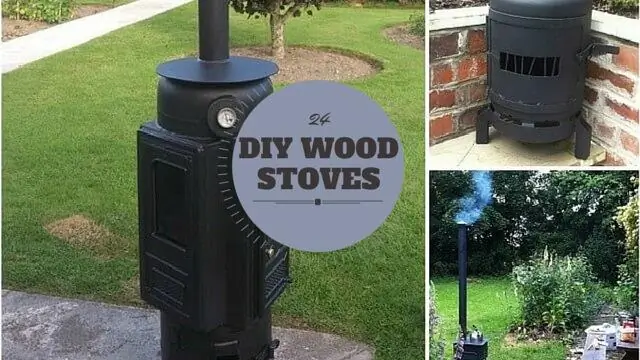
Features and types of wood-burning stoves. Sizing and finding a place to install the oven. Do-it-yourself wood stove installation. Operating a wood-fired oven
How To Clean A Stove With Your Own Hands - Repair, Cleaning A Brick Russian, Bath, Round Stove From Soot Without Disassembling Why It Does Not Heat Well, Reasons, Cleaning Wells, G
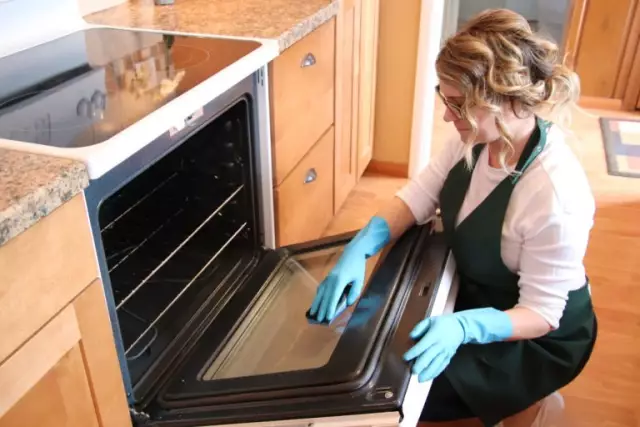
How to repair and clean the oven with your own hands. Types of repair, when and why you need it. List of necessary tools and nuances to consider
